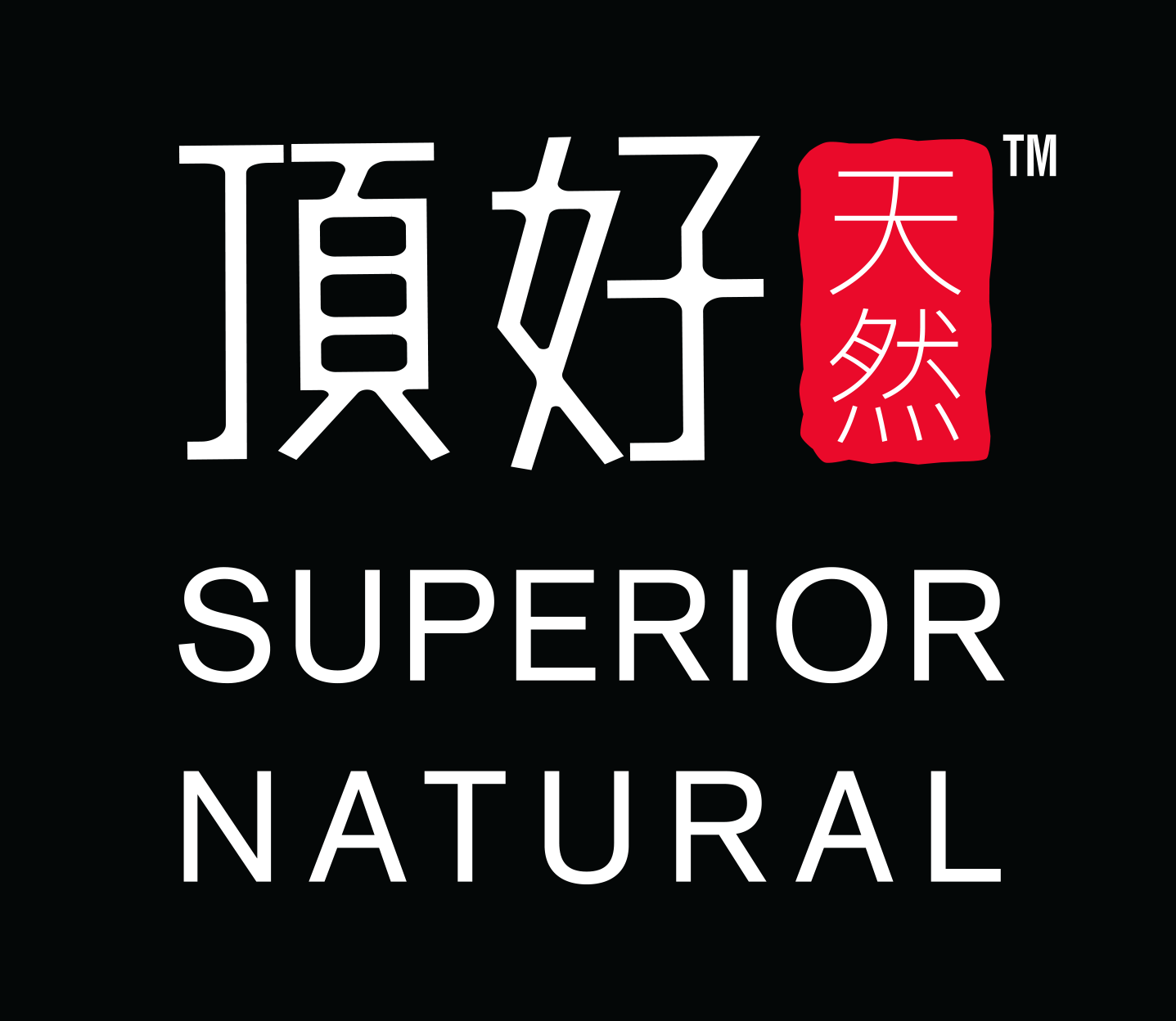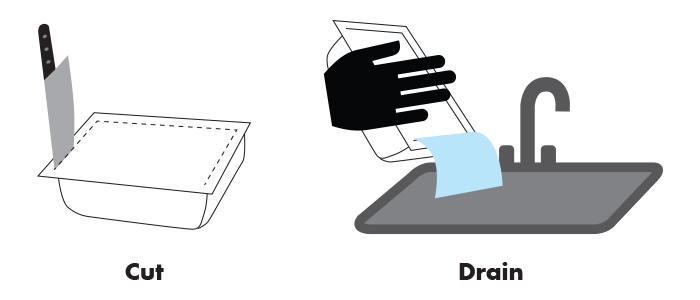Intro to soy
Tofu and soy drink are the most traditional and natural ways of incorporating soy into your diet and both only use the whole soybean. Asians have consumed these as staples in their diet for thousands of years, and the processes still remain the same. Our four generations of tofu making knowledge is being put to good use!
What is tofu? How are tofu and soy drink made?
Tofu is made from whole soybeans. Soybeans are similar in size and shape to peas and belong to the legume family. Dried soybeans are tan or beige in colour.
Tofu is often referred to as bean curd because of the process of how it’s made, which is not unlike cheese and its curdling stage. Dried soybeans are soaked in water before they are mashed and cooked at a high temperature. The fibrous residue, called okara, is removed from the resulting mixture along with the whey using a particle remover. The liquid that remains is soy liquid (aka soy drink).
To make tofu, a coagulant is added to the soy liquid to thicken or curdle it. A natural coagulant commonly used is calcium sulfate, a mineral that is cleaned and crushed into a powder. Calcium sulfate has been used for centuries in tofu production. Water is then pressed out of the thickened blocks. The more water that is pressed out, the firmer the tofu.
What does soy drink taste like & how do I cook with it?
Soy drink has a slightly beany taste. With nothing other than water and soybeans (and sometimes a bit of sugar), the purity of Superior’s plain soy drink shines through. Superior soy drinks can easily be substituted anywhere you would normally use dairy drink. They come in unsweetened or sweetened. For breakfast, try using soy drink in cereals or oatmeal, in coffee or tea, or in non-dairy fruit smoothies. Be sure to warm up the soy drink if you pour it into hot beverages – otherwise it may curdle. Soy drink can also be used in baking or cooking as a dairy substitute.
Why do you call it “Soy Drink” not “Soy Milk”?
Canadian-labeling regulations prevents non-dairy products to be called milk on packaging.
What is that film in my soy drink?
Don’t worry. It is in fact, a nutritional benefit!
Each batch of soybeans varies slightly, and as a result, sometimes the protein when heated at a high temperature during soy drink production may form a thin film also referred to as soy drink skin. This film appears only randomly in all of our soy drinks. The soy drink skin is not only edible but also highly nutritious. Referred to as bean curd or yuba, the by-product of soy drink skin is normally dried into sheets. The dried soy drink skin is commonly used in Chinese and Japanese cuisine such as in dim sum dishes as a wrap or in vegetarian dishes to emulate meat.











![Example of tofu that has been frozen. By J. Samuel Burner [CC BY 2.0 (https://creativecommons.org/licenses/by/2.0)], via Wikimedia Commons](https://images.squarespace-cdn.com/content/v1/5b63346bb27e39d23867ce7a/1541085886345-EGPHIPRDCAW09BBVXD2J/frozentofu.jpg)











